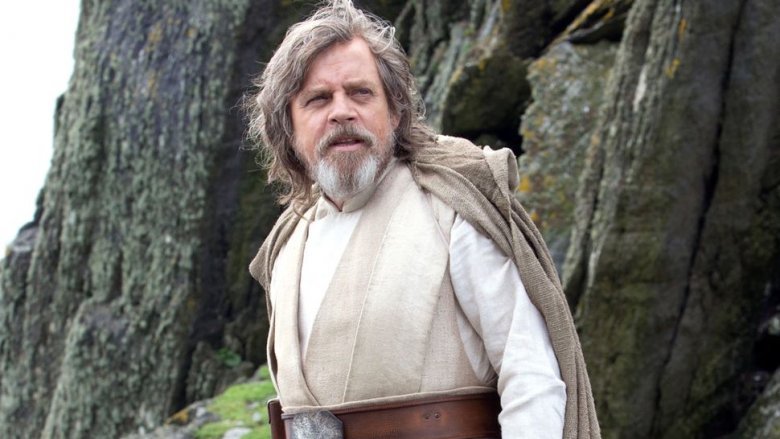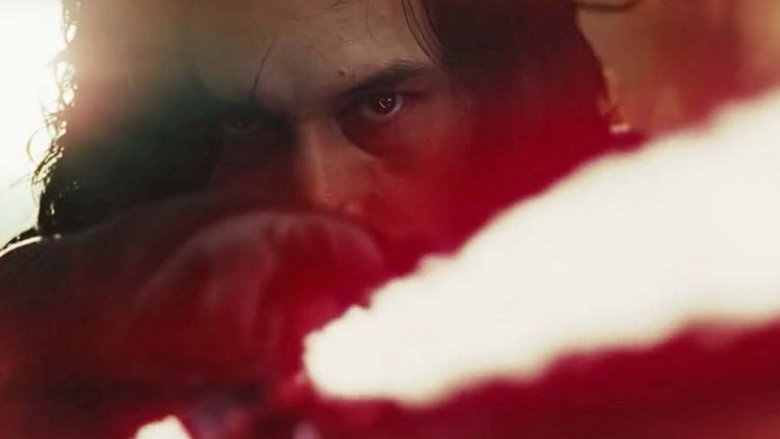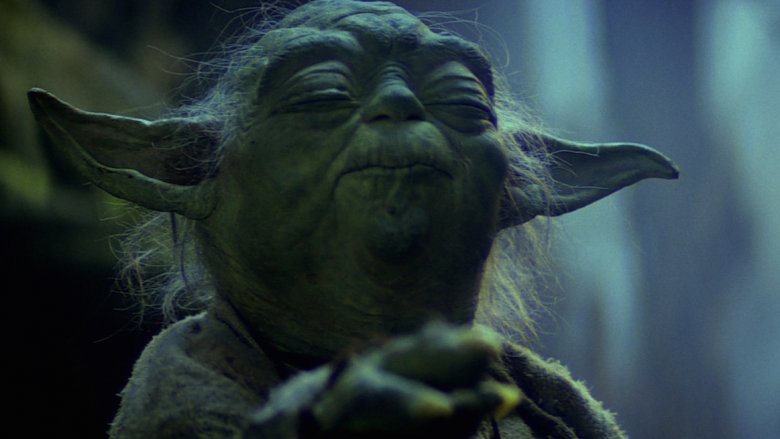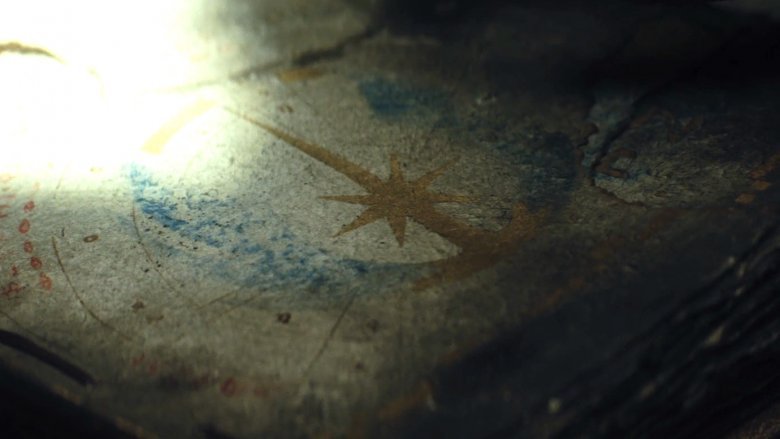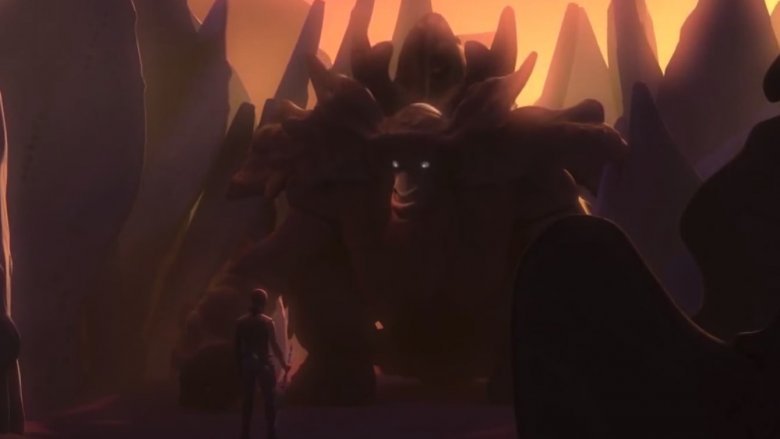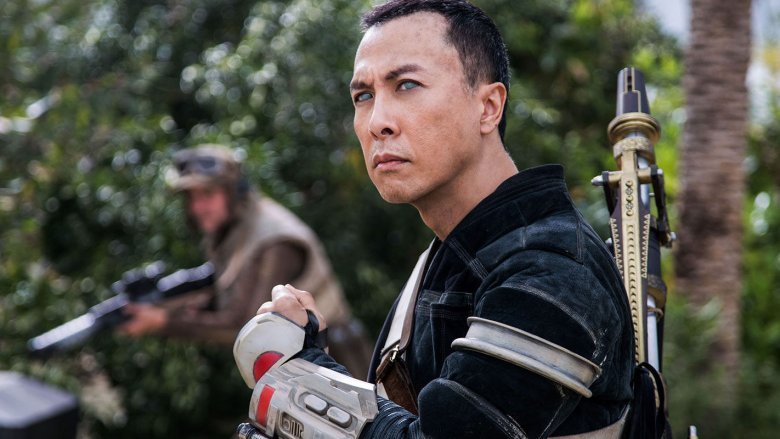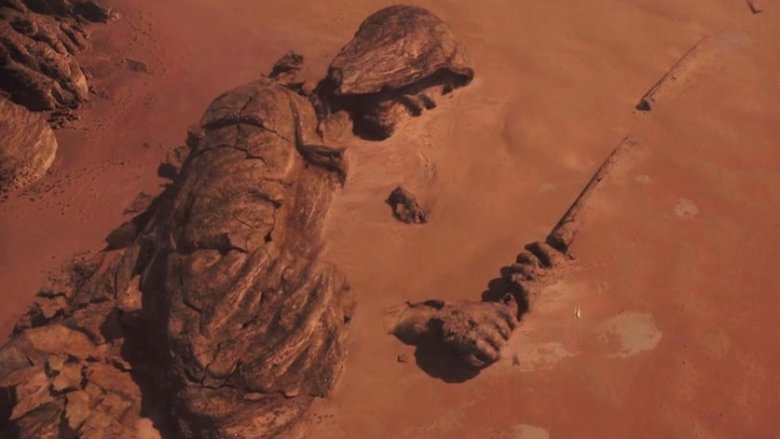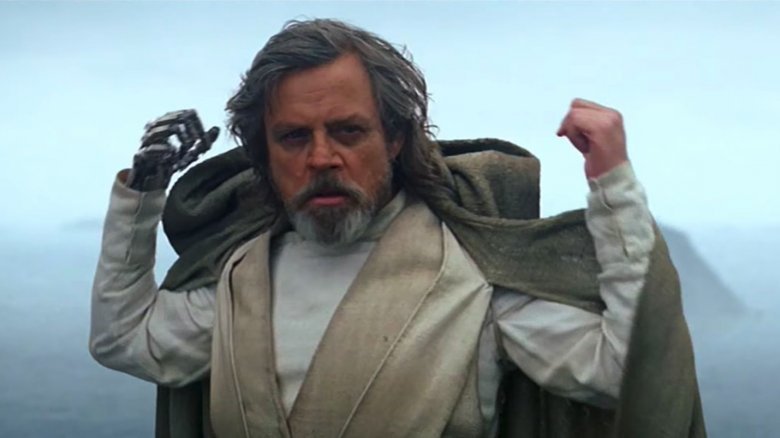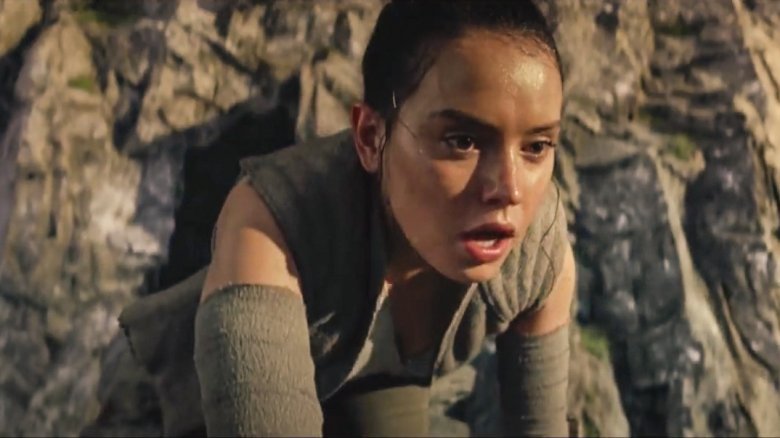We Already Know How Star Wars Episode 9 Ends
Mitchell Dostine, better known as Dash Star, is a writer, voice actor, and prolific YouTuber. You can check out his YouTube channel primarily focused on Star Wars right here.
Star Wars Episode IX may not be coming out until December of 2019, but we already have enough information to give us a pretty good idea of how this trilogy's destined to end. Disney has stayed relatively faithful to creator George Lucas' franchise framework, and when we look at the information presented in the media that comprises Star Wars canon, a few things are abundantly clear—in fact, the ultimate fate of the Force, the Sith, and the Jedi is hiding in plain sight, right in the books and movies we all love.
The Sith and Jedi were doomed to fail
The Jedi of the Old Republic were purely light—their values were absolute. Their use of the Force was meant for the greater good. The Sith, on the other hand, used the Force for power and control. Lucas himself discussed this and elaborated—the light side of the Force is compassionate, while the dark side is selfish. He says that, in the end, the light side will always win because compassion means helping others, and all the people you help will result in a life well lived. The dark side will get what they want but be left with nothing, because gains resulting from selfishness are always empty.
Lucas has also said that the Force needs to be balanced. When you go to the dark side, things are out of balance, but if that's true, it has to be the same for the light side. If you're purely light, things will also be unbalanced. That means the Sith have it wrong, sure—but so do the Jedi as we know them.
So if the Jedi and the Sith are destined to fade into history, what will be left for our beloved galaxy far, far away?
The Dark Side wants a little light
Supreme Master Snoke, the big bad introduced in The Force Awakens, said his protégé Kylo Ren is valuable because he's comprised of both dark and light. That's something no Sith ever said, so we knew right off the bat that Snoke was no Sith, and things were radically different from the days of Darth Maul and even Darth Vader. Snoke abandoned traditional Sith teachings to create something new. After Luke Skywalker suffered the great disappointment of his nephew Kylo destroying his hard work with young Jedi, what was he searching for on Ach-to in his self-imposed exile? What did he find that truly makes him the last Jedi?
The prophecy might have been misread
Star Wars fans are no doubt familiar with the prophecy of the Chosen One, which says "The Jedi will come / To destroy the Sith / And bring balance to the Force."
This neatly sums up Episodes I-VI. The rise, fall and redemption of Anakin Skywalker, his son and daughter and all the events that transpired throughout the first six films does, in fact, bring balance to the Force. But not for long. I mean, if there was continued balance, there wouldn't be a story to tell in Episode VII and beyond. The prophecy ran its due course. It was fulfilled. But was it misread by the Jedi?
There is another prophecy
There's another prophecy in Star Wars canon that hasn't been explored yet. It says,
"First comes the day
Then comes the night.
After the darkness
Shines through the light.
The difference, they say,
Is only made right
By the resolving of the gray
Through refined Jedi sight."
This prophecy came from the Whills, and may offer a clue to the events to come in the Star Wars saga. The Whills run deep in Star Wars lore—all the way back to the original script. "Originally, I was trying to have the story be told by somebody else; there was somebody watching this whole story and recording it, somebody probably wiser than the mortal players in the actual events," Lucas explained. "I eventually dropped this idea, and the concept behind the Whills turned into the Force. But the Whills became part of this massive amount of notes, quotes, background information that I used for the scripts; the stories were actually taken from the 'Journal of the Whills.'"
The Force as we know it is no longer the light and the dark
The Force, as we know it, is no longer the light and the dark. The Bendu in Legends explicitly states that there is light, and there is dark, and it is in the middle. Earlier, there was no middle. Also interesting is the fact that the Bendu didn't see Sith artifacts as good or bad, but rather tied to the intent of the wielder. This is huge. Since the Whills' prophecy is written not from a Jedi or Sith perspective, it allows for the Gray. It encompasses light, dark and everything in between. It's a middle ground.
We've heard of the Gray already, from Jolee Bindo in the Expanded Universe. The Gray was never considered canon, but it's no coincidence that Star Wars has gone gray crazy lately, and Disney wouldn't add so many nods without rhyme or reason—they're actively tying into George Lucas' original ideas, but furthering the narrative that yes, there is a middle ground—and we're approaching it rapidly. The teachings of the Guardians of the Whills don't emphasize the discord between the light side and dark side of the Force; they believe that a balance allows mortal minds to encompass its totality.
The teachings of the Whills
We see evidence of the Whills' existence in Rogue One courtesy of Chirrut Îmwe, who's referred to as "guardian of the Whills"—and this is where things get really intense. Îmwe was guarding a temple on Jedha that many viewers may have assumed once belonged to the Jedi. The Rogue One visual guide tells us "legends surround Jedha—some speculate that it is the origin of the Jedi Order itself." It sounds like the planet gave the Jedi Order its name, but scholars say it's the other way around. Everyone agrees that the history of Jedha and the Jedi are intertwined. And Chirrut Îmwe seems to follow the Jedi way in Rogue One...
But the visual guide tells another tale. While Îmwe was the guardian of the Whills and a Jedi follower, the visual guide tells us, "Though Chirrut deeply believes in the reality of the Force and respects the former Jedi Order...he knows no one could every hold a monopoly on understanding the cosmic energy field."
Since Jedha City was destroyed and all of the information on the teaching of the Whills eradicated, what do we know? If Jedha was truly the birthplace of the Jedi, and the Jedi we know warped the Whills' teachings further toward the light until they were extremely dogmatic in their views of the Force and its use, we can guess that the original Force wielders were Gray.
The ancient Jedi were Gray
According to Star Wars: Complete Locations, "Before the Jedi Purge and the Age of the Empire, Jedi scholars made a case for Ahch-To as the location of the Jedi Order's first temple alongside other candidate worlds, such as Tython, Coruscant, Jedha, and Ossus. ... Luke establishes Ossus in Legends, we know about Coruscant and Jedha, and Tython was the first Jedi temple in Legends. Back then, the Jedi weren't just lightside wielders. They were closely aligned with the teaching of the Whills and were known as "Jed'aii."
The Jedi as we know them came from the Jed'aii, but Jedi values are different. The Jed'aii, like the Whills, taught that the Force had to remain in balance—light and dark. If any student was too light or too dark, they'd be sent to a Tython moon to meditate and regain balance. The darkside moon was the Bogan and the lightside was the Ashla. The Bendu says the Sith keep the Bogan and the Jedi keep the Ashla—but the Jedi were once in the business of balancing hardcore lightsiders and darksiders.
Luke is the last Jedi
Luke Skywalker has it rough in Episodes IV-VII. His aunt and uncle die, his mentor Ben Kenobi dies, he faces his evil father, his evil father renounces evil and dies in his arms...it's pretty awful. Then, when balance has been restored to the Force, he goes to train a brand new batch of Jedi and his own nephew betrays him. In his sorrow, he exiles himself and goes looking for the first Jedi temple, leaving two pieces of a map so it's super hard to find him. He goes and lives among the ruins on Ahch-To and learns some of this ancient Jedi history.
Unlike Yoda and Obi Wan, Luke didn't spend years waiting for the next generation of Jedi. He had that, he and lost it, and he came away convinced that the order needed to end—not just because they were fatally compromised by their own hubris, but because the Force is more powerful than any one group. In holding up the Jedi as the great hope for peace in the galaxy, people sold themselves short; as Luke came to see it, they'd only be able to truly understand their own power once the Jedi were no more.
So how will Episode IX end?
Star Wars will end in gray
The difference, mainly between the light and the dark (the Jedi and the Sith) will be made right by a Jedi refining their sight. Luke shared his refined view of the Force with Rey in The Last Jedi, and now her journey with the Force is up to her. Luke told Kylo Ren he wouldn't be the last Jedi, but that may not be true in the sense Star Wars fans have always understood it—rather than teaching her the ways of the Jedi, he taught her about the Force. Rey holds the ancient Jedi texts, but that doesn't mean she's destined to start the order over again in Episode IX. Her future may hold something completely new.
The Sith and the Jedi have failed. The "bad guys" have gotten it right already, by abandoning the Sith teachings and forming the Knights of Ren, but since they're darker than they are light, they certainly can't win. But will Kylo Ren realize the error of his ways and learn the balance before anyone else?
I can't tell you exactly how these events will transpire (and if I could, what fun would that be?) but I can guarantee you that by the end of Episode IX, the new prophecy will be resolved—and the Star Wars saga will be changed forever.
